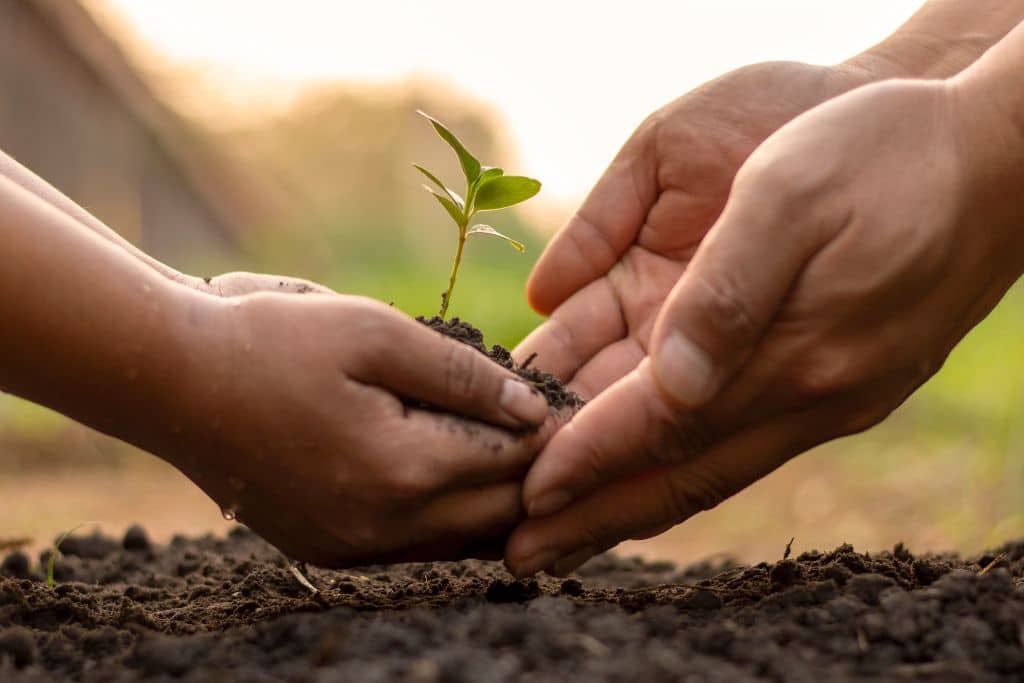Traditional and scientific knowledge have always been at odds when it comes to conservation science. However, neither is better than the other. Prudence lies in acknowledging the benefits of integrating these two sources of knowledge, each complementing the other, when it comes to biodiversity preservation, ecosystem restoration, and the climate change agenda.
—
Sustainable development and harmonious co-existence with nature are the ultimate objectives of the 21st century. However, these goals are marred by questions about whether we possess the necessary knowledge to do so. While it has been a common notion that the answers lie within modern science and technology, it is now becoming increasingly evident that traditional knowledge also has unique and critical insights to offer. It is precisely through this dynamic integration (not competition) of the two realms of thought, that one can hope to strive for sustainability. Both sources of knowledge possess equal relevance and pragmatism and must complement each other in order to further humanity’s objectives.
There is no dearth of examples to support this confluence. After the removal of two large dams in the Elwha River basin in Washington, the efforts of the scientific community, coupled with the traditional knowledge possessed by the Lower Elwha Klallam Tribe, led to the restoration of the river system. The United States Geological Survey, the National Park Service, and Western Washington University sought the tribe’s centuries-old knowledge of the river’s fisheries and ecosystem to bring it back to its original glory. The return of the water birds, salmon, and numerous other species exemplified how a systemic assimilation of traditional and scientific knowledge can reap enormous environmental benefits.
Traditional knowledge may also hold the key to solving this century’s greatest challenge: climate change. Indigenous communities rely on natural resource security for their survival, and have learned to live sustainably amongst nature. They are keen observers and interpreters of alterations in the environment, and hence, can play an extensive role in climate change discourse. Their collectively-held knowledge complements scientific data with chronological and region-specific accuracy, which is essential for verifying existing climate models developed at a much more universal scale. Moreover, their knowledge can help scientists plan crucial community-based adaptation plans and mitigation actions for at-risk habitats and ecosystems.
You might also like: Indigenous People Are Essential for Preventing Biodiversity Loss. They Mustn’t Be Sidelined.
For instance, in Tasmania, warming waters have led to a loss of more than 95% of the country’s giant kelp forests. These kelp forests were home to hundreds of marine species, particularly the rainbow mariner shells, which are an iconic symbol of the Tasmanian Aboriginals. Marine biologists and aboriginal communities are collaborating to restore the kelp forests through the remaining 5% of kelps that still stand, thereby, providing a ray of hope for the mariner shells and other kelp-dependent species. Thus, such a partnership between the two sources of knowledge is not only helping restore a climate change-afflicted ecosystem, but is also preserving the millennia-old cultural identity of an indigenous community.
The conjunction of scientific and traditional knowledge can also guide community decision-making and help find solutions to problems that may halt people’s livelihoods. For instance, The East Trinity Wetland in Australia is home to numerous sugarcane plantations. However, industrial contamination led to acidification of the soil to such an extent that no plant could possibly survive. To address the acidity, government ecologists and biologists worked with the Indigenous Land and Sea Country Rangers of Djunbunti, and eventually nurtured the land back to life.
In fact, traditional knowledge has even helped further its scientific counterpart. In 2018, a team of researchers in northern Australia documented falcons and kites, colloquially called “firehawks”, intentionally carrying burning twigs to spread fire. While it was already known that predatory birds take advantage of fire to feed, the intentionality of this act astounded the entire scientific community. Such a behaviour of the firehawks, while new to Western Science, has long been known to the MalakMalak, Jawoyn, Alawa and other indigenous tribes of northern Australia. One can only imagine how many more such discoveries can be uncovered if scientific research is increasingly rooted in traditional knowledge.
In an ideal world, such an alliance between traditional and scientific knowledge should be ubiquitous. However, it doesn’t come without challenges of its own. The question of indigenous land rights and inadequate remedial actions can prevent the incorporation of traditional conservation practices and resource management techniques into existing scientific dialogue. Another obstacle to this collaboration could be the differing perceptions of reality that the indigenous and scientific communities possess. While the former embody the concept that nature is an aware agency of her own, the latter have often found such insights quite implausible and even anecdotal. This difference in perspective could, quite possibly, serve as a point of conflict.
Clearly, integrating traditional and scientific knowledge is not always easy, but it is certainly possible. A plethora of examples, like the ones presented above, can attest to the immense environmental, economic, and cultural benefit one can reap through a successful alliance of the two. Neither one of the two schools of knowledge holds more weight than the other; we need a congenial combination of the two in order to tackle humanity’s troubled relationship with nature.
More on the topic: The Role of Indigenous Knowledge in Climate Change Adaptation In Bangladesh and the Philippines


















